Open Proposals
Get the resources you need to discover effective therapies for NF1.
NTAP invites innovative proposals from all investigators and inventors, regardless of their location or primary research focus. Funding under the Open Proposal Program is available on a rolling basis and new grants are awarded quarterly. If you have an idea for a compelling research project with the potential to accelerate therapeutics for NF1, we want to hear from you.
Scroll down the page to learn more about requirements and how to apply, or submit your proposal now.
The past decade revealed that neurofibromin is a driver in common cancers. I believe that unlocking the science of NF1… will spawn breakthroughs in treatments for many cancers.
Frank McCormick, PhD, FRS, DSc (Hon)
David A. Wood Distinguished Professorship of Tumor Biology and Cancer Research
Professor, Helen Diller Family Comprehensive Cancer Center and Dept. of Cellular and Molecular Pharmacology
University of California, San Francisco
What funding includes
- Annual salary matched to/> NIH maximum cap
- Direct funding for research
- Up to 10% in indirect costs

